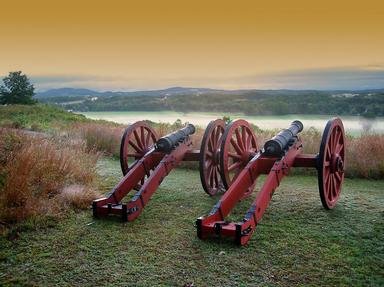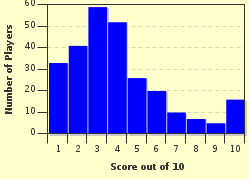Quiz Answer Key and Fun Facts
1. Who initially commanded Union forces in Missouri?
2. Why did Missouri secede from the Union?
3. What did Gen. Nathaniel Lyon do to spy on the pro-South Missouri State Guard at Camp Jackson in St. Louis?
4. The hotheaded General Lyon declared war on the Missouri secessionists at St. Louis' Planter Hotel on June 11. His forces literally chased the secessionist Missouri State Guard to Boonville, west of Jefferson City. What did the newspapers call this chase?
5. After a skirmish at Boonville, Union and Secessionist/Confederate forces clashed in a major battle at Wilson's Creek, near Springfield, on August 10th. Who were the two Rebel commanders?
6. What future Commanding General of the U.S. Army fought alongside Lyon at Wilson's Creek?
7. Lyon was outnumbered roughly 2-1 at Wilson's Creek, yet he attacked anyway. In the ensuing bloody fighting, Lyon was killed. What happened to his body?
8. The Confederates won Wilson's Creek. How did they exploit the victory?
9. What was unique about the First Battle of Lexington?
10. What did Rebel forces do with the Union garrison after forcing its surrender?
Source: Author
BigMoStl
This quiz was reviewed by FunTrivia editor
bloomsby before going online.
Any errors found in FunTrivia content are routinely corrected through our feedback system.

